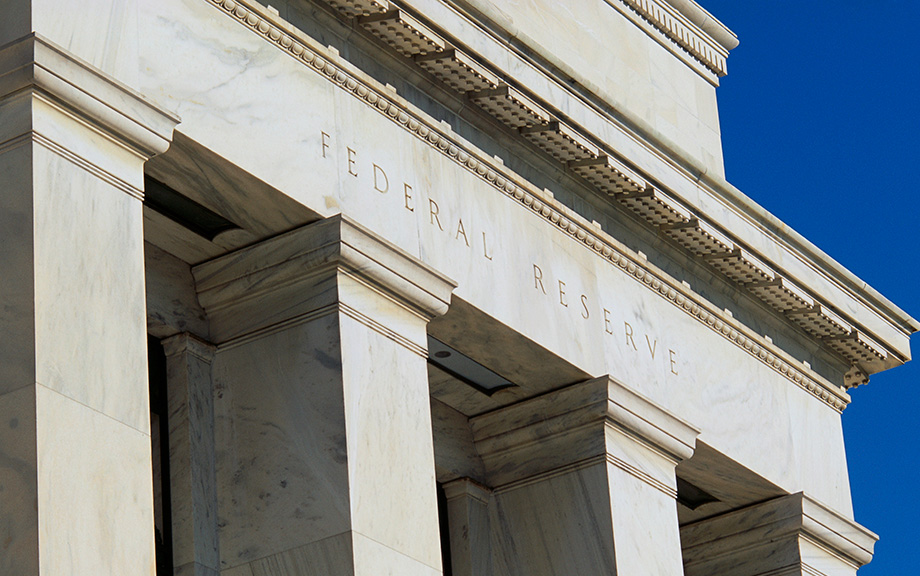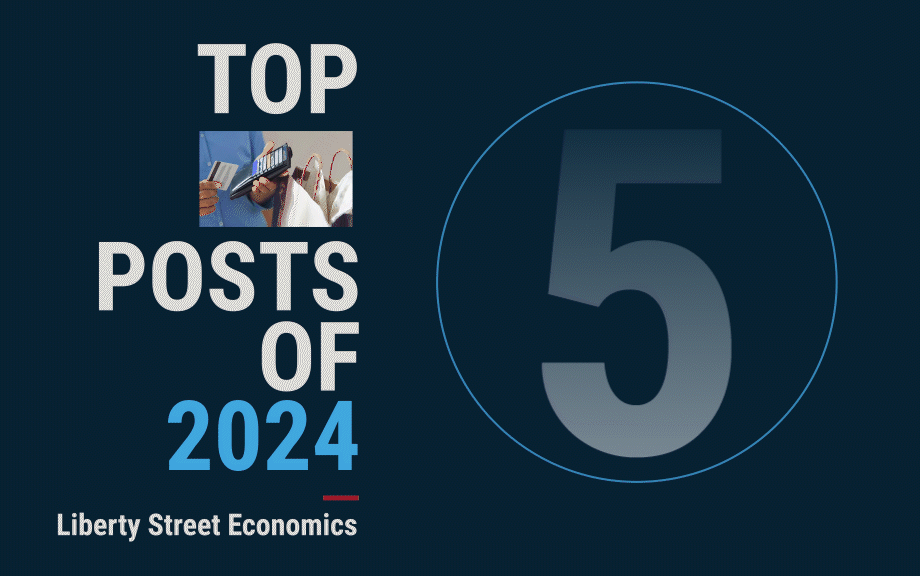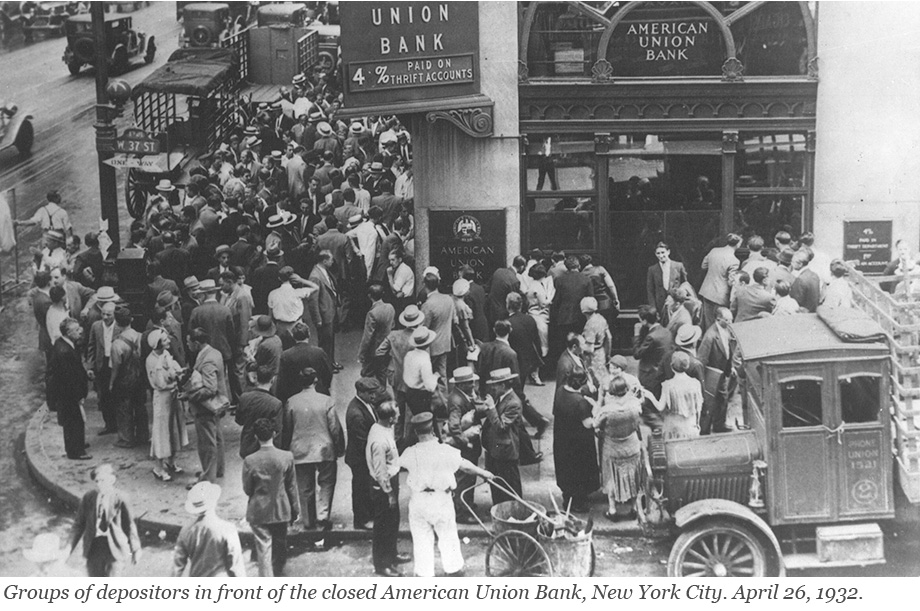
Public permissionless blockchains are designed to be censorship resistant, meaning access to the blockchain is unhampered. In practice, different blockchain ecosystem actors (such as users, builders, or proposers) can influence the degree to which a blockchain is resistant to censorship. In a recent Staff Report, we examine how sanctions imposed by the Office of Foreign Assets Control (OFAC) on Tornado Cash, a set of noncustodial cryptocurrency smart contracts on Ethereum, affected Tornado Cash and the broader Ethereum network. In this post, we summarize findings regarding sanction cooperation at the settlement layer by “block proposers”—a set of settlement actors specifically responsible for selecting new blocks to add to the blockchain.



















 RSS Feed
RSS Feed Follow Liberty Street Economics
Follow Liberty Street Economics